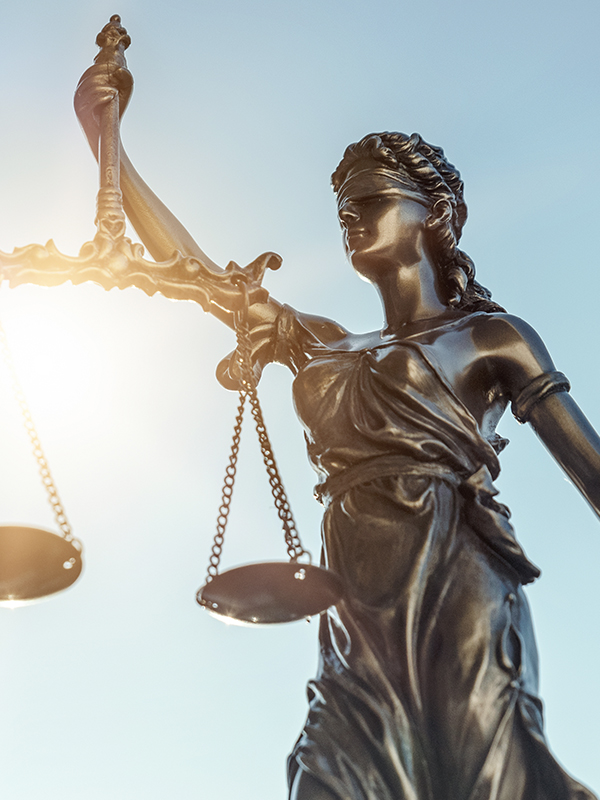- Contact Us 832-381-3430 Tap Here to Call Us
Make Sure Your Teen Avoids These 5 Most Common Juvenile Crimes
The rate of juvenile crime in the US is, apparently, dropping.

Indeed, 2018 saw 728,280 arrests of people aged under 18. According to the same source, that figure represents a 60% decrease from 2009 numbers.
All the same, that’s still three-quarters of a million young people being arrested for criminal offenses. There’s clearly room for improvement.
It’s also worth point out that these arrest statistics can only tell us so much.
After all, not every young person guilty of a crime gets caught. You can guarantee that the actual rates of teenage crime are much higher.
The exact nature of the offenses varies as well. Looking to learn more about the most prevalent juvenile crimes seen on the streets?
Keep reading to discover the most common crimes committed by young people.
1. Larceny (AKA Theft)
Larceny’s a fancy term for theft.
And it’s a crime of particular popularity among the youth of today. Of course, the extent and content of the theft varies considerably.
Some young people tend towards smaller robberies from corner stores and shopping malls; others attempt to steal larger items such as automobiles.
Lower-level theft is easier to get away with, often going undiscovered and unreported. Alas, that eventuality convinces many teenagers to commit larceny of ever-greater risk and value. They’ll gradually increase the nature of their haul until a time when they get caught.
2. Vandalism
As far as juvenile offenses go, few are more common than vandalism.
This particular crime is committed all over the world, in groups or as individuals. Young people might graffiti public spaces, damage private property, or leave litter in their wake.
Whatever the exact form of vandalism, the effect is the same:
Deliberate damage to public or private spaces or places for no apparent reason.
Such ‘mindless vandalism’ occurs with startling frequency.
Keep an eye out for warning signs such as spray cans in bedrooms and so on. If someone’s caught in the act they can receive serious fines and stints in prison.
3. Assault
Teenagers and fighting often go hand in hand.
It’s a time where inhibitions are lowered and testosterone is raging. In some social circles your ability to fight and/or defend yourself is celebrated. In instances of gang culture, acts of violence occur on a regular basis in ongoing conflicts between groups.
Of course, assaults aren’t always the result of fighting. Many instances of this crime happen in relation to other offenses, such as theft.
Assaults themselves occur in all manner of environments, both in and out of school. Having said that, fights are common in the schoolyard, where teenagers mingle in close proximity.
4. Disorderly Conduct
Fighting in public is one example of disorderly conduct.
However, this specific offense comes in numerous forms. Whatever the specific issue, the common thread is a level of disruption to the peace in a certain location. Police make arrests on charges of disorderly conduct to remove the disturbance and help people in the vicinity feel safe.
No danger has to be caused to qualify for this offense. Indeed, it’s possible to commit this crime with acts such as cursing at somebody or exposing yourself in public.
Typically, such issues are put down as misdemeanors.
5. Drugs and Alcohol Offenses
Many children start experimenting with drugs and alcohol as they enter their teens.
It’s important to remember that teenagers are yet to fully develop their prefrontal cortex. This crucial part of the brain is responsible for our executive functioning, such as planning and forethought.
Without the prefrontal cortex, risk-taking behavior (including consuming drugs and alcohol) becomes far more likely. Teenagers are less capable of looking ahead to assess the implications!
Alas, that explanation won’t stand up in the court of law.
Somebody underage who’s caught in possession of drugs and alcohol can be charged for the offense.
Interaction with other crimes on this list, such as disorderly conduct, is common too. In serious instances, a teenager may find themselves arrested for DUI.
6. Truancy
Playing truant is a favored pastime of many a school child.
Believing they have better things to do, they’ll skip class in favor of anything else that takes their fancy. Alas, according to law, this isn’t allowed!
Indeed, some young people have already been ordered by the courts to attend class. Failure to abide by that instruction is essentially strike-two, and can have serious ramifications.
As further incentive to keep a watch on truant children, parents in some states (such as California) can be handed a fine as well. The threat of such a fine is meant to compel parents to get their kids to attend school.
7. Breaking of Curfew
Many cities around the United States have curfew laws in place to protect young people.
It’s for the public’s benefit too. These laws help to keep the streets safer from the criminal acts of teenagers lacking adult supervision. In effect, it’s saving would-be juvenile offenders from themselves in the process.
In making it illegal to be in public during certain hours, the likelihood of committing offenses is significantly reduced.
Different places around the country impose different time-constraints.
However, it’s generally between 10pm and sunrise. Anyone under 18 who’s seen out and about during these hours can be handed a hefty fine. Community service and restrictions placed upon drivers’ licenses can also be handed out.
Keep an Eye out for Teenage Crime
Statistics reveal how we’ve experienced a nice drop in teenage crime in recent years.
Nonetheless, the rate of juvenile offenses remains higher than we’d see in an ideal world. They’re also likely to be more prevalent than the statistics suggest.
The type and severity of crimes committed by young people vary. And, as we’ve seen, some are more common than others.
Hopefully, this article has revealed 7 offenses that occur with particular frequency in society. Keep them in mind and there’s a higher likelihood of spotting and stopping our children from committing the offenses.
Has your child fallen foul of the law in Montgomery County, Texas? Get in touch today to discuss the legal support we can offer them.









